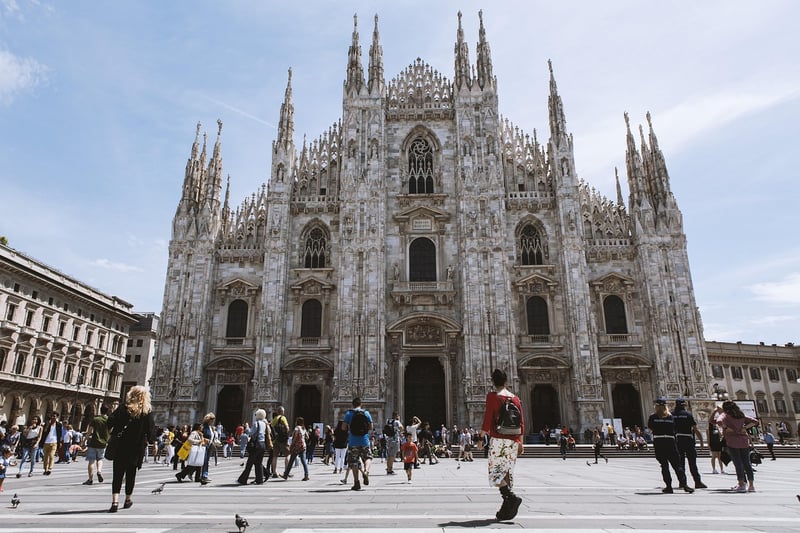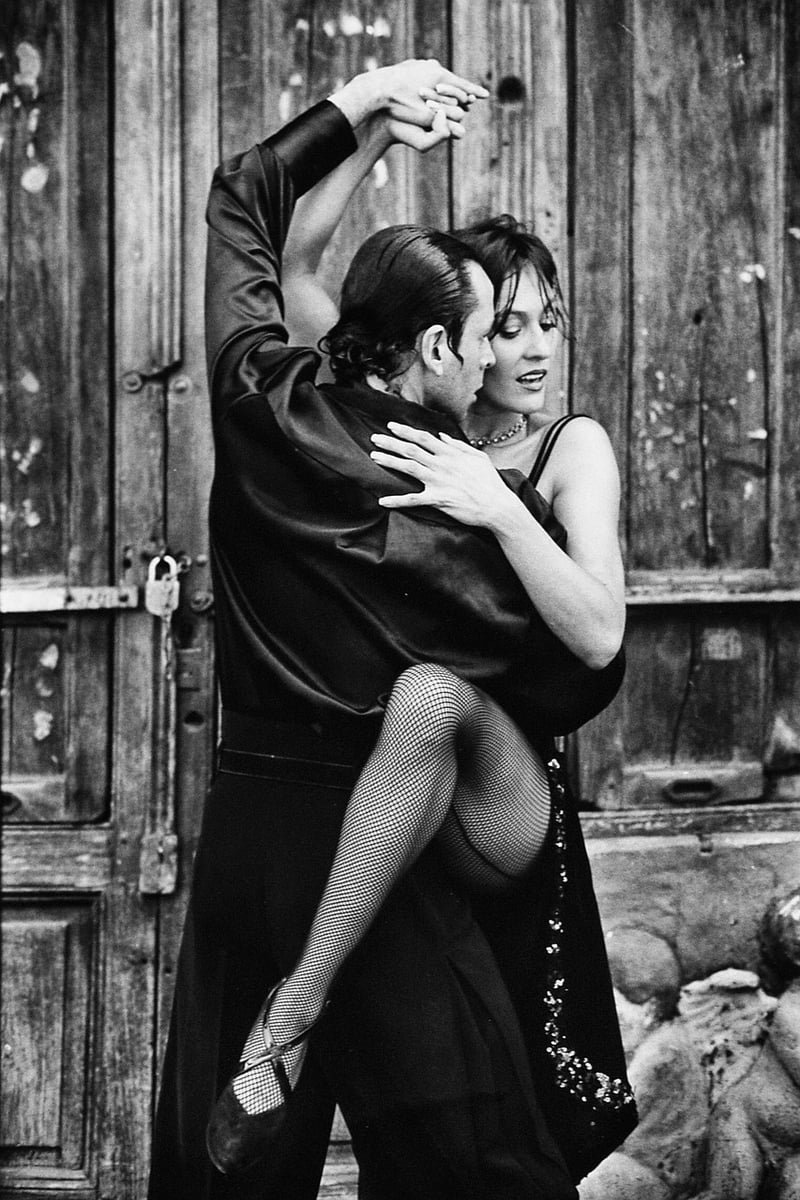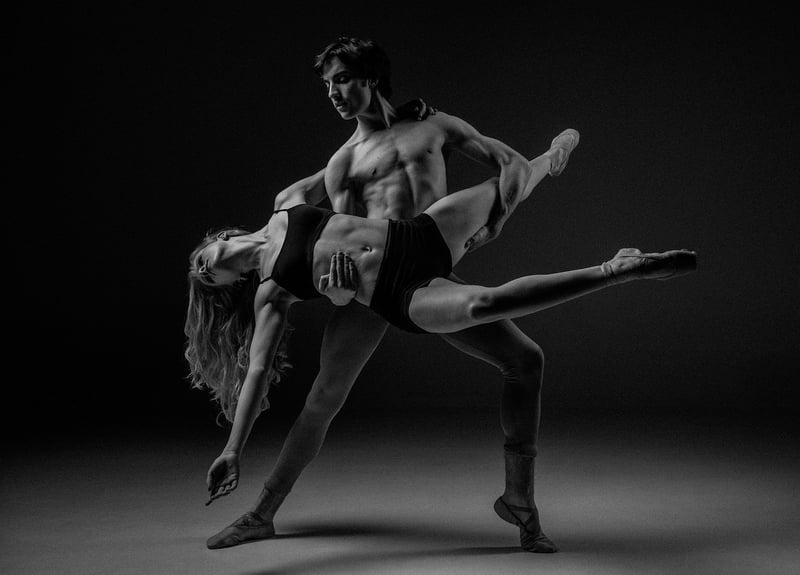Ballet
The Art of Expressive Movement in Ballet

Ballet is a timeless art form that combines grace, strength, and precision to tell stories and evoke emotions through expressive movement. In ballet, dancers use their bodies to communicate narratives, feelings, and themes without words, relying on the fluidity of movement to convey meaning.
Expressive Elements in Ballet
Expressive movement in ballet encompasses a range of elements that contribute to the storytelling and emotional depth of a performance:
- Body Language: Every movement in ballet, from a simple gesture to a grand leap, is a form of expression that conveys a character's thoughts and emotions.
- Facial Expressions: While classical ballet often focuses on technique, modern ballet incorporates facial expressions to enhance storytelling and connect with the audience on a deeper level.
- Musicality: Ballet dancers interpret music through their movements, syncing their steps with the rhythm and mood of the music to create a harmonious expression of sound and motion.
- Dynamics: Variations in speed, intensity, and energy levels add depth to a dancer's performance, allowing for moments of tension, release, and emotional impact.
The Power of Interpretation
Interpretation is at the heart of expressive movement in ballet. Dancers not only execute technical steps but also imbue each movement with personal interpretation, bringing their unique artistry and emotions to the performance. Through interpretation, dancers can breathe life into choreography, transforming steps into a compelling narrative that resonates with audiences.

Embracing Emotions Through Movement
Ballet provides a platform for dancers to explore a wide range of emotions through movement. Whether portraying love, joy, sorrow, or anger, dancers use their bodies as a canvas to express the complexities of human experience. By combining technical skill with emotional depth, dancers invite audiences to connect with the universal language of movement and storytelling.
Conclusion
Expressive movement is the soul of ballet, allowing dancers to transcend physicality and communicate on a profound level. Through a combination of technique, artistry, and emotion, ballet dancers bring stories to life, evoke emotions, and inspire audiences with the power of movement.
Experience the beauty and emotion of ballet through the mesmerizing art of expressive movement!
